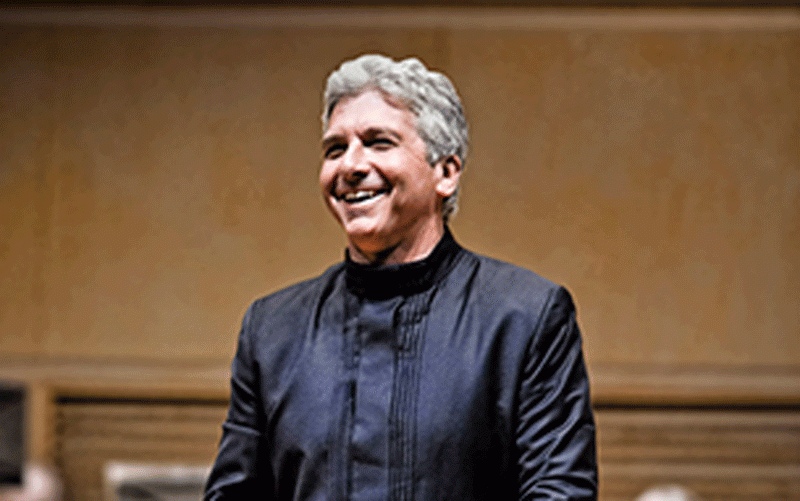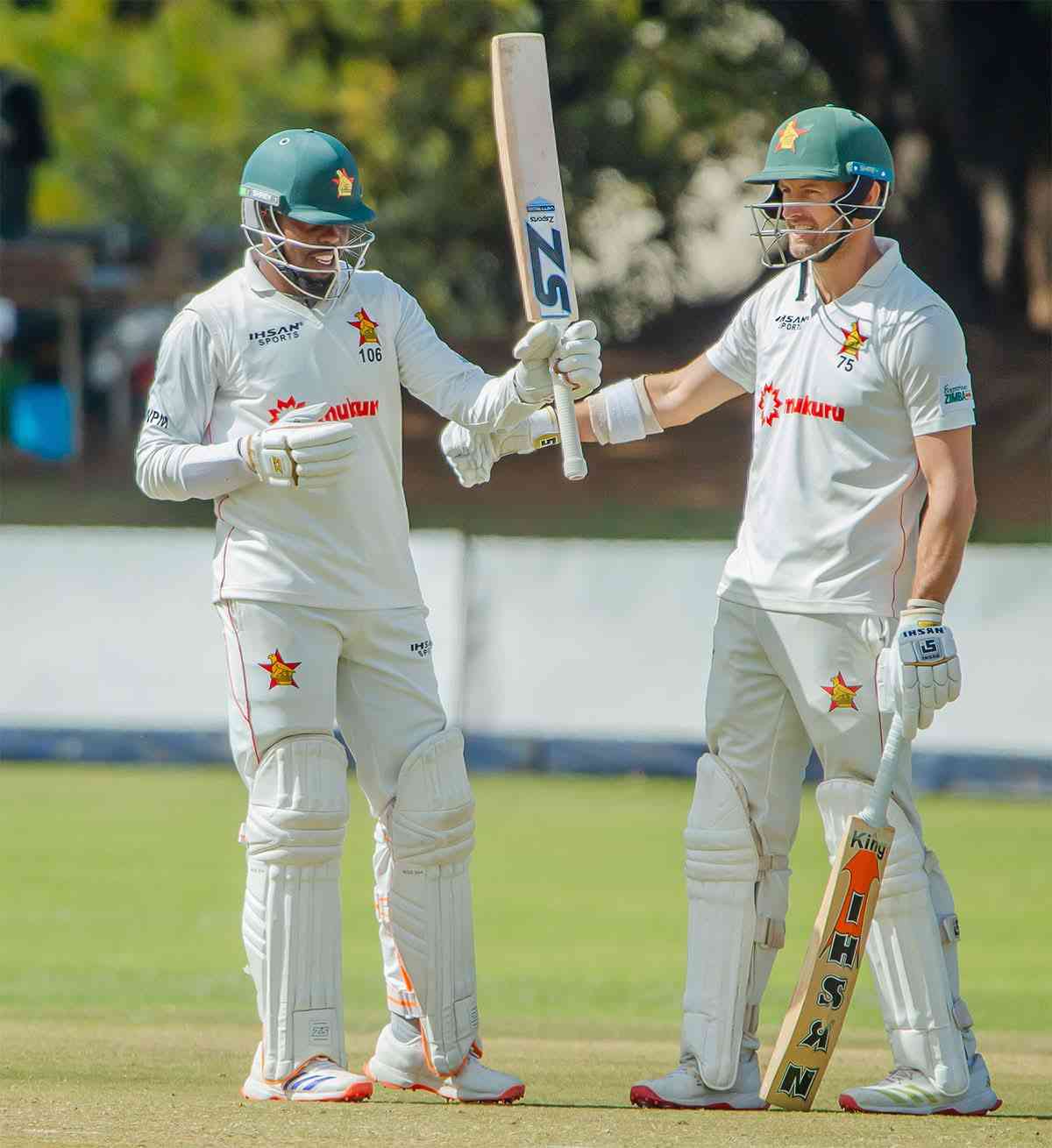
school of sport:with TIM MIDDLETON
Previously, players taking a penalty in soccer would simply place the ball, walk back, turn, run up smoothly and hit the ball as hard as possible at the goal.
Nowadays, it is different, no doubt because the goalkeepers have done their research and noticed what opposing players tend to do with their penalties; players now try to vary their approach to the ball with a skip, hop, jump, stutter (even tripping and falling) to confound the goalkeeper before trying to place the ball in the corner or, subtly, chip it down the middle in anticipation of the goalkeeper diving to one side in their respective anticipation of the placement. It is all very subtle, at least, that is what we are meant to believe!
Prior to an international hockey match, the penalty taker of one country would go to the goal to practise his flick; he flicked the first ball to the bottom left corner, the next to the top left, the next to the top right and finally one to the bottom right, before turning round and walking away (not quite wiping his hands but having the same intention as saying, “easy game”)! The opposition goalkeeper would watch to see if he could glean any valuable knowledge from the process but clearly none would have been gained from such an expert – he could put the ball wherever he wanted, with minimum fuss and without giving any clue to anyone else.
Placement was all. In cricket, placement is also important. The captain of the fielding team will set his field according to the balls he wants bowled, which in turn will be dependent on the particular opposing batsman’s strengths and weaknesses — easy game! The only problem now is that the batsman in turn will set his position (perhaps by moving outside the line of the stumps, on whichever side of the wicket the bowler is going to bowl) or his strokes (perhaps by reverse sweeping or switch-hitting) according to the field given to him. It all makes it harder for the opponents. It is no longer simply a matter of bowling a certain traditional orthodox way or batting with classic, correct strokes. No longer do we simply select our fastest bowlers but will consider selection based on the state of the pitch and the strengths of the opponents, among other things. No longer do we simply put our most solid batsmen in first but may consider the big hitters, depending on the situation of the match. Placement is all.
This all leads us to the position whereby the placement of players is crucial; we have to get this right as coaches. We all know the old saying that we cannot put a square peg in a round hole; we can try and hammer away with as much force as we wish, in the vain hope that it will somehow, miraculously, fit but the only likely end result is that either the peg or the whole (or both) will break. Coaches somehow think that if they repeat the same instruction time after time in the same way the players who do not understand it will incredibly get it eventually, or they think that if players practise, practise, practise, they will always eventually master it (not realising we may destroy the child’s enjoyment, health or even confidence in the process).
The most obvious point, therefore, should be that we must not force a situation on our players. That also means we must not force our particular favoured style of play or formation on a group of youngsters who do not have the skills, temperament or understanding to make it effective. It may have worked with one group (the square peg going into a square peg of the right size) but it does not necessarily work in all groups. Our style of play should be determined by the ability and understanding of the players we have, especially at school where we do not go out to buy players as may happen in professional sport. We must determine our style of play equally dependent on the opposition we face. We as coaches need to explain all of this to our youngsters as they will not pick it up; youngsters think that the best player, with all the skill, should be picked, and they wonder why they are not. If we do not do so, they lose heart and want to give up.
This becomes such a key life lesson as well. When we go for an interview, we may have every reason to believe the job should be ours, as we have all the qualifications, attributes and skills required, and therefore are bemused, surprised, angry, despondent or militant when we are not offered the position. It is not because we are useless that we do not get the job; it is because they are looking for something different, according to where they are at and how they are ‘playing’.
- Chamisa under fire over US$120K donation
- Mavhunga puts DeMbare into Chibuku quarterfinals
- Pension funds bet on Cabora Bassa oilfields
- Councils defy govt fire tender directive
Keep Reading
We need to teach our children this key lesson, on the sports field, now, or we will pay the penalty later.
Tim Middleton is a former international hockey player and headmaster, currently serving as the Executive Director of the Association of Trust Schools Email: [email protected]











